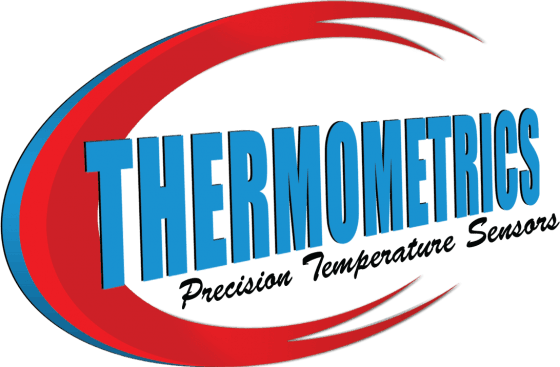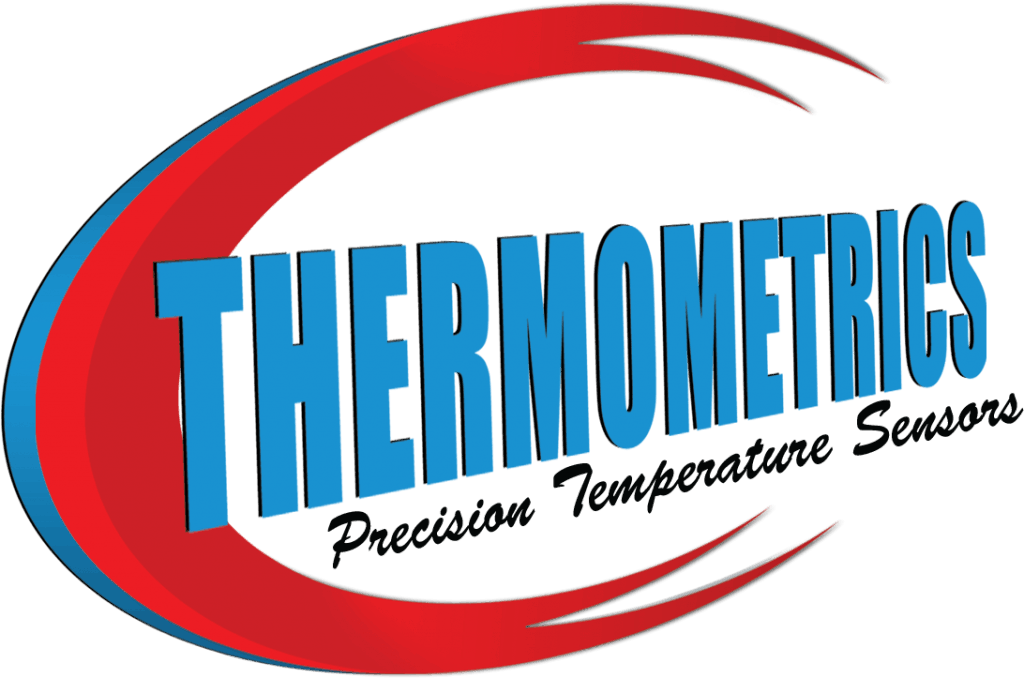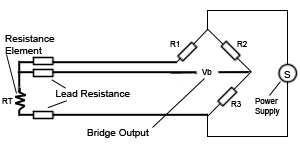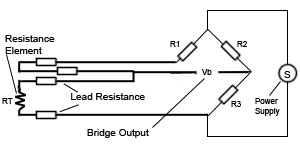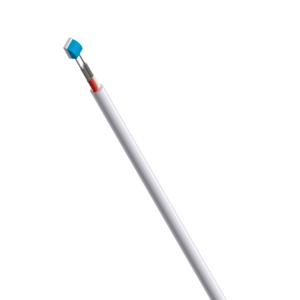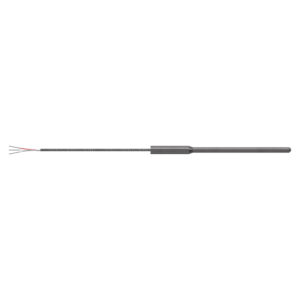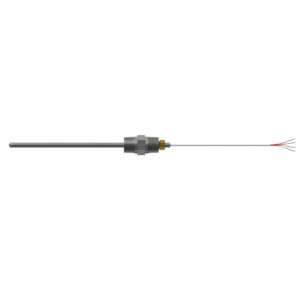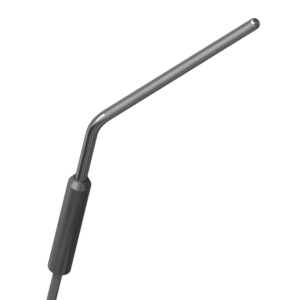RTD Types
2 Wire RTD
Using the 2-wire method, the two wires that provide the RTD with its excitation current and the two wires across which the RTD voltage is measured are the same.
3 Wire RTD
In a three wire RTD one of the wires is connected to one side of the temperature element and the remaining two wires are connected to the other side of the element.
4 Wire RTD
The optimum form of connection for RTDs is a four-wire circuit. It removes the error caused by mismatched resistance of the lead wires.
Bayonet RTD
Universal design allows for quick thermocouple or RTD installation into existing twist-lock adapters.
PT100 RTD
PT100 sensors offer excellent accuracy over a wide temperature range (from -200 to +850 C).
Type B Thermocouple
The Pt1000 has 1000 ohms resistance at 0 C. These sensors are normally fitted into some type of protective sheath or mounting to form a probe.
Thin Film RTD
Platinum Thin Film RTD Elements are fabricated using state-of-the-art thin film processing techniques, resulting in an element of exceptional quality and stability.
RTD Resistor
A Resistor is a two-terminal electronic component that produces a voltage across its terminals that is proportional to the electric current passing through it in accordance with OHM’s law.
RTD
Sensors
[aws_search_form]
Suggestions:
What is an RTD?

Resistance Temperature Detectors or resistive thermal devices (RTDs), are temperature sensors that exploit the predictable change in electrical resistance some materials with changing temperature. [showhide style=”color: #00c6f4;” type=”post” more_text=”Learn More” less_text=”Hide” hidden=”yes”]
- As they are almost invariably made of platinum, they are often called platinum resistance thermometers (PRTs). They are slowly replacing the use of thermocouples in many industrial applications below 600 ?C, due to higher accuracy and repeatability. An RTD is basically a temperature sensitive resistor. It is a positive temperature coefficient device, which means that the resistance increases with temperature. The resistance of the metal increases with the temperature. The resistive property of the metal is called resistivity. The resistive property defines length and cross sectional area required to fabricate an RTD of a given value. The resistance is proportional to length and iversely proportional to the cross sectional area.
- RTD Materials: The criterion for selecting a material to make an RTD is: The material must be malleable so that it can be formed into small wires. It must hae a repeatable and stable slope or curve. The material should also be resistant to corrosion. The material should be low cost. It is preferred that the material have a linear resistance verses temperature slope.
- Stability: This is a measurement of drift over time. This is often referred to as long term stability. Most manufacturers specicfy stability at less than 0.05 C per year. Stability is affected by the sensor design. A well designed, high quality sensor will have less drift. Stability is also affected by the sensor’s service environment and thermal shock will affect stability.
- Interchangeability: Interchangeability is the measure of variability of base tolerance and temperature coefficient from sensor to sensor. This is important when replacing a sensor, to insure that the system retains its related performance characteristics without re-calibration. Systems designers should know what sensor tolerance will support their performance expectations when specifying the sensor.
- Response Time: Response time is the sensors ability to react to temperature changes in the process. The ability to track process changes depends on the sensors thermal mass and proximity to the process. Direct immersion sensors generally are the fastest responding, but in many applications a thermowell is used so that the process does not have to be drained to change a sensor.
[/showhide]
Some quick links to get you pointed in the right direction.
Fill out our rtd quote form and we'll get back to you asap.
RTD
Sensor
Resistance Temperature Detectors or resistive thermal devices (RTDs), are temperature sensors that exploit the predictable change in electrical resistance some materials with changing temperature.
[aws_search_form]
Industries We Serve
Aerospace
[/ult_content_box]Energy & Power
[/ult_content_box]Oil & Gas
[/ult_content_box]HVAC
[/ult_content_box]RTDs for ...
RTDs for
Industries We Serve
2 Wire RTD
Using the 2-wire method, the two wires that provide the RTD with its excitation current and the two wires across which the RTD voltage is measured are the same.
3 Wire RTD
In a three wire RTD one of the wires is connected to one side of the temperature element and the remaining two wires are connected to the other side of the element.
4 Wire RTD
The optimum form of connection for RTDs is a four-wire circuit. It removes the error caused by mismatched resistance of the lead wires.
Bayonet RTD
Universal design allows for quick thermocouple or RTD installation into existing twist-lock adapters.
PT100 RTD
PT100 sensors offer excellent accuracy over a wide temperature range (from -200 to +850 C).
Type B Thermocouple
The Pt1000 has 1000 ohms resistance at 0 C. These sensors are normally fitted into some type of protective sheath or mounting to form a probe.
Thin Film RTD
Platinum Thin Film RTD Elements are fabricated using state-of-the-art thin film processing techniques, resulting in an element of exceptional quality and stability.
RTD Resistor
A Resistor is a two-terminal electronic component that produces a voltage across its terminals that is proportional to the electric current passing through it in accordance with OHM’s law.
